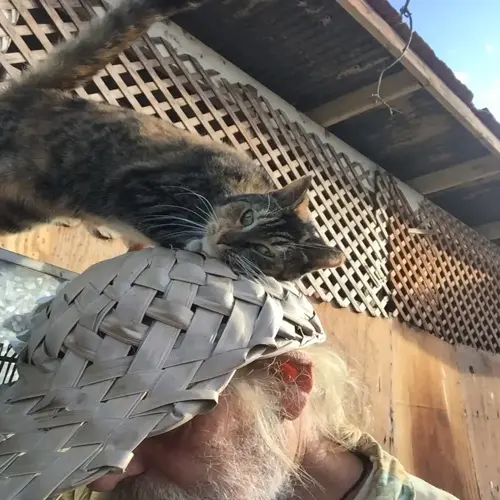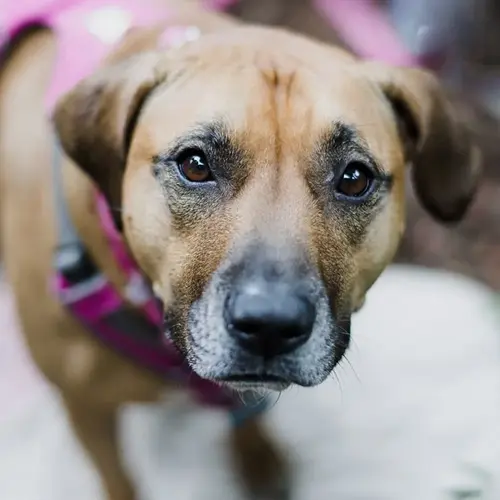What ventilation standards should carriers meet?

Written by
Victoria Hayes
Reviewed by
Prof. Edward Clarke, Ph.D.Adequate carrier ventilation averts fatal overheating and suffocation during transport. International Standards require the minimum amount of airflow coverage for the safety of cats. Knowledge of these requirements will ensure that your career meets the safety levels. Fresh air must circulate continuously to regulate body temperature and prevent undue stress in cats.
Surface Coverage
- Minimum 16% mesh coverage on all four sides
- Ventilation must extend within 4 inches of carrier corners
- Mesh gaps must measure 0.4-0.6 inches for optimal airflow
- Top ventilation improves heat dissipation by 40%
Material Safety
- Metal-reinforced mesh prevents chewing escapes
- Non-toxic plastic framing avoids chemical off-gassing
- BPA-free materials essential for long-term health
- Smooth edges prevent nasal abrasions during travel
Airflow Verification
- Perform fog test: vapor should clear within 15 seconds
- Use digital anemometer to measure 20+ ft/min airflow
- Check for condensation buildup during temperature changes
- Monitor panting as immediate danger sign
The design of the carrier directly influences the efficacy of the effective airflow. I prefer not to use solid plastic panels that can form air blockages in venting systems. I always want to see mesh-like strips rather than small openings. Effective venting involves spacing the vents to eliminate dead spaces of still air. I always evaluate the airflow efficiency of carriers using smoke pens to visualize the airflow patterns within the airline itself before its use, in case an event occurs.
Temperature extremes require special precautions. Above 75°F (24 °C), more ventilation of the carrier is required. Freezing water in bottles wrapped in towels results in a cooling area. Below 50°F (10°C), dip-insulated covers with ventilating cutouts. Always monitor the cat's breathing rate during travel to ensure its well-being.
Crowding causes ventilation emergencies. Multiple cats should never be placed in individual carriers, regardless of their size. There must be a separate air space available for each cat. Sharing carriers reduces the oxygen by 30 percent immediately. This dangerous practice results in quick overheating even in cool weather.
Observing ventilation requirements can save lives. I've seen cats recover from near-heat stroke after switching to a properly ventilated carrier; one benefits from airflow. Before making a purchase, always look for certification labels. Your attention to these airflow requirements may save your cat's life.
Read the full article: Choosing the Right Cat Carrier Size Guide

